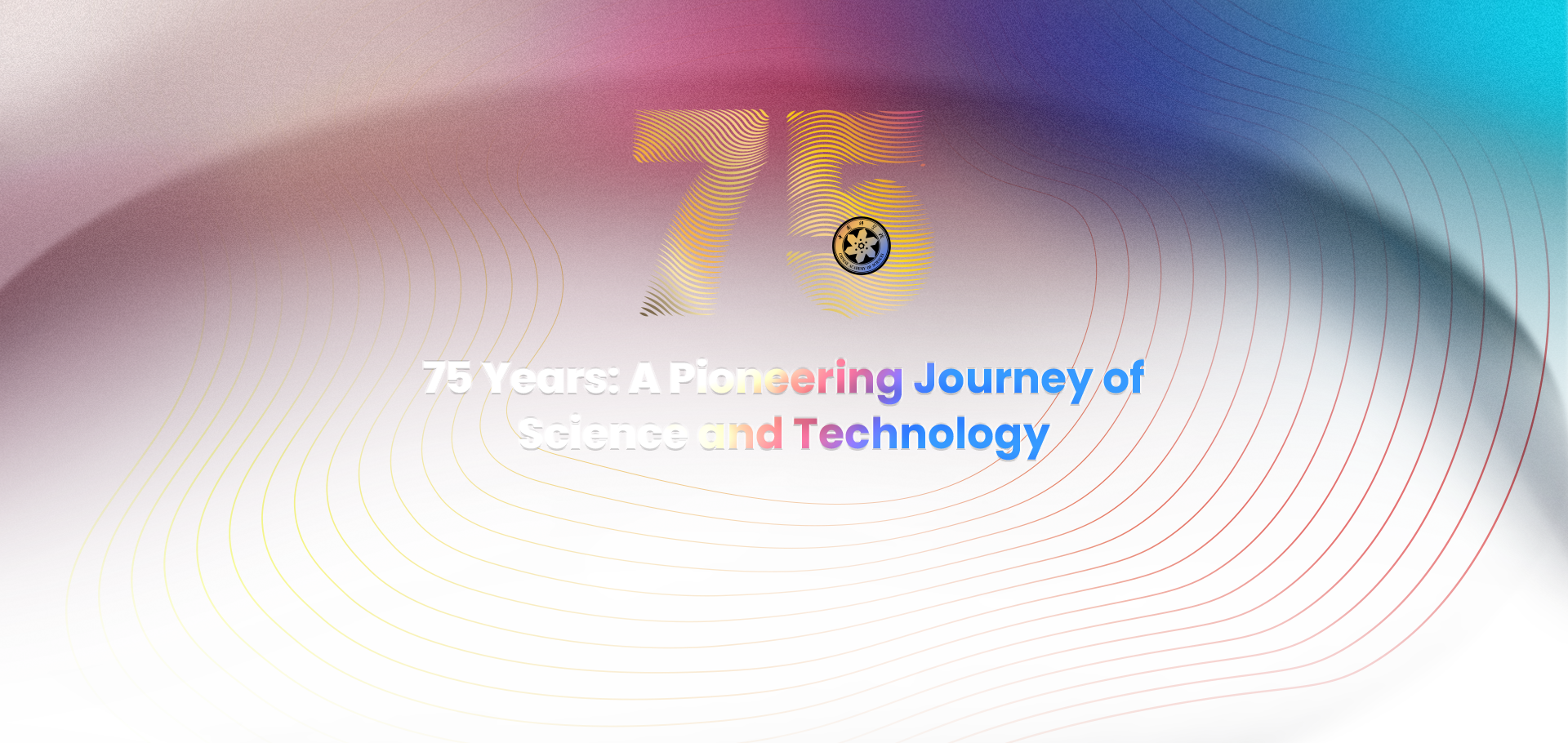


BEPC/BES: the First Large Research Infrastructure Facility in China
Institute of High Energy Physics
In 1984, the Beijing Electron Positron Collider (BEPC), hosted by the Institute of High Energy Physics, broke ground in Beijing. Construction was completed in 1988 and achieved its first electron-positron collision in the same year.
The Beijing Spectrometer (BES) was the first large scale detection facility operating at BEPC in China. At the time, BEPC was the only electron-positron collider in the world to study tau-charm physics near their production threshold.
The BEPC/BES has been stably running for more than 30 years, and has made great achievement in the tau-charm energy region.
These include the measurements of tau mass, R values, measurement of electromagnetic form-factors of nucleons in the time-like region, the observations of tetraquark candidate Zc(3900) and Zcs(3985), and the observations of light exotic hadrons X(1835), ƞ1(1855), and X(2370), as well the precise measurements of charmed hadron decays, which provide solid tests of the Standard Model.